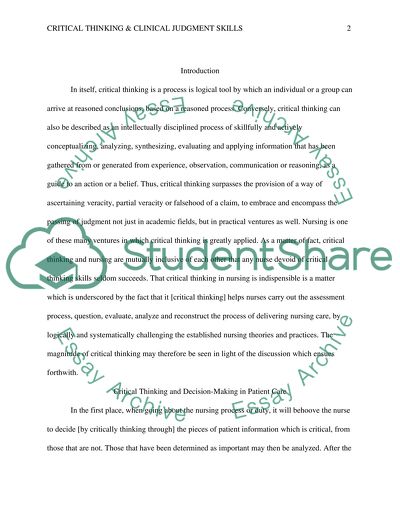Cite this document
(“Critical Thinking and Clinical Judgment Skills Written Assignment Essay”, n.d.)
Retrieved from https://studentshare.org/nursing/1492703-critical-thinking-and-clinical-judgment-skills
Retrieved from https://studentshare.org/nursing/1492703-critical-thinking-and-clinical-judgment-skills
(Critical Thinking and Clinical Judgment Skills Written Assignment Essay)
https://studentshare.org/nursing/1492703-critical-thinking-and-clinical-judgment-skills.
https://studentshare.org/nursing/1492703-critical-thinking-and-clinical-judgment-skills.
“Critical Thinking and Clinical Judgment Skills Written Assignment Essay”, n.d. https://studentshare.org/nursing/1492703-critical-thinking-and-clinical-judgment-skills.


